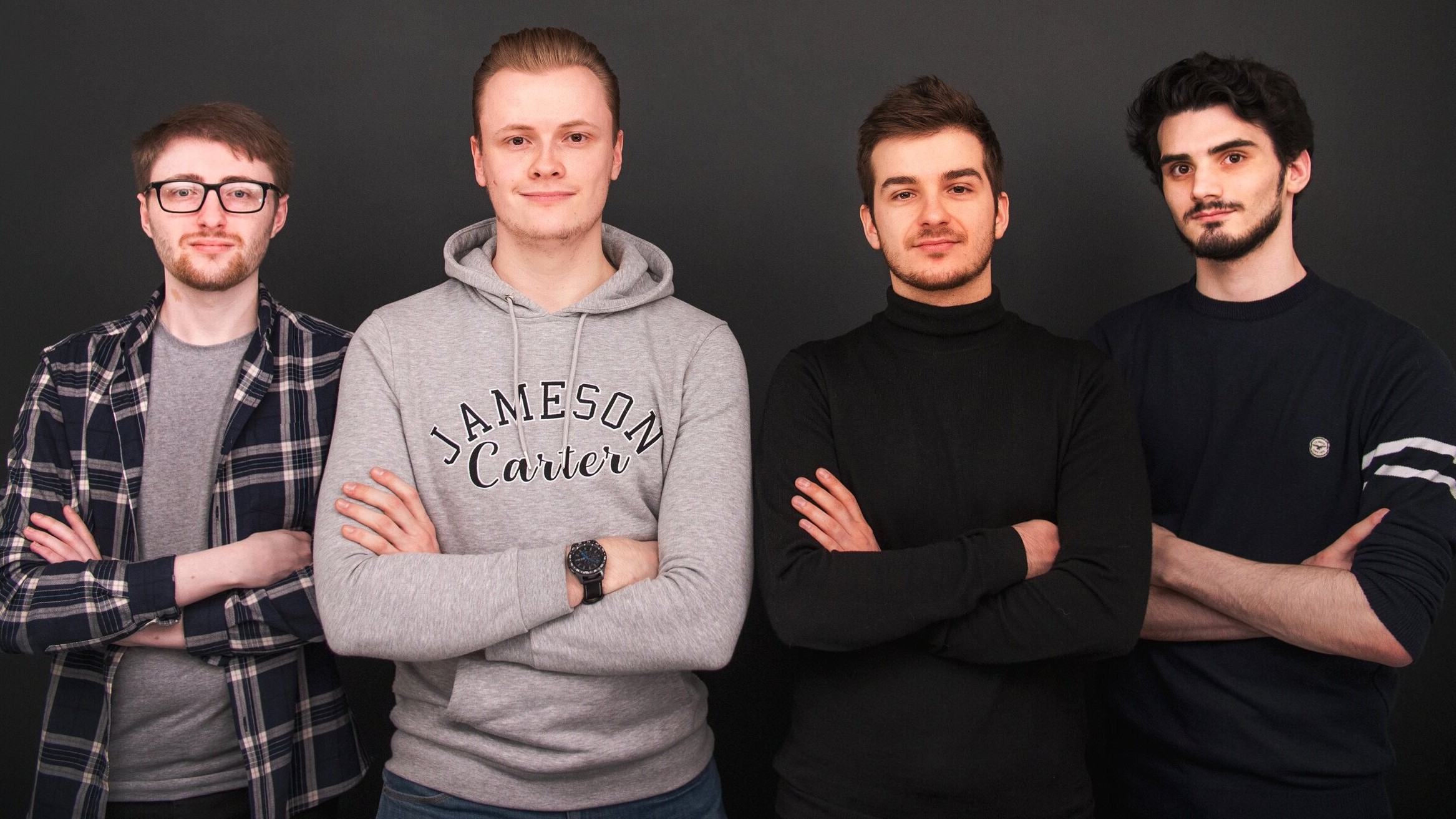How Photoshop changed the way we work
Lance Evans - who helped develop the software at its inception - recaps Photoshop's history to explain its effect on us all.
Being part of the Adobe family was a tremendous boost for Photoshop. But that alone would not hand them the market, since even in those early days there was significant competition. For example, the low end of the market had programs like the very capable Digital Darkroom, a pioneering desktop gray-scale editor, and SuperPaint, a popular and affordable paint tool.
On the other end of the market were workstation systems like Scitex that catered to high-end advertising and cost tens of thousands of dollars. In the early days, it was hard for Madison Avenue ad agencies to believe a desktop Macintosh software package could do the same thing a Scitex could. And in reality, it couldn't, mostly because of desktop hardware limitations.
But Adobe's Russell Brown soon hit the road and worked to evangelize and promote Photoshop with his unique brand of demonstrations, road shows and tutorials. He helped speed industry adoption over the next couple of years. At the same time hardware was improving.
Expanding capabilities
Over the years that followed Adobe has kept expanding Photoshop's capabilities far beyond what most would have ever imagined. Version 3 which came out in 1994 brought multiple layer capabilities. Version 6 (2000) added vector shapes, and along the way also came Smart Objects, 3d capabilities, and a host of other tools. The sum of all of this is a program that is far more capable, and yes, far more complicated than the Photoshop or yore.
As Photoshop has grown, so has its owner Adobe, into the world's most successful producer of media production tools, services and workflows. But even 25 years later, with Adobe's vast range of software offerings, Photoshop remains their most recognized prize jewel. It is an integral tool used in almost every aspect of print, web, video and now even 3d production.

And 25 years later, what of the Knoll brothers that started it all? Thomas Knoll holds the distinction of being the only member of the Photoshop team to have worked on every version. He remained as the project's Lead Developer through version CS4, and is still involved with its development.
John Knoll joined Industrial Light & Magic in 1989, and in the ensuing 25 years has become their Chief Creative Officer and Senior Visual Effects Supervisor, winning Oscars for his visual effects work on films like "Pirates of the Caribbean" and the "Star Wars" prequels. He even created the very popular Knoll Light Factory suite of plugins for Photoshop and After Effects.
Daily design news, reviews, how-tos and more, as picked by the editors.
A prize jewel
Adobe has grown into the world's most successful producer of media production tools, with over two dozen software applications, new services and workflows that include the web and mobile apps. But even 25 years later, with this range of offerings, Photoshop remains their most recognized prize jewel.
Photoshop has evolved into being an integral tool used in almost every aspect of print, web, video and now even 3d production. And has been spun off into a family of products that includes PS Lightroom (for photographers), PS Elements (for consumers), and PS Express (for tablet and smartphone users).
This expansion of its capabilities shows no sign of slowing down. Quite the opposite, as Adobe is continually previewing tools that will one day likely find their way into the PS family. So what of the future of Photoshop? Here are a few videos that give a glimpse of what to expect…
ShapeShade:
Photomagic:
PS4Design:
Defog:
Words: Lance Evans

The Creative Bloq team is made up of a group of art and design enthusiasts, and has changed and evolved since Creative Bloq began back in 2012. The current website team consists of eight full-time members of staff: Editor Georgia Coggan, Deputy Editor Rosie Hilder, Ecommerce Editor Beren Neale, Senior News Editor Daniel Piper, Editor, Digital Art and 3D Ian Dean, Tech Reviews Editor Erlingur Einarsson, Ecommerce Writer Beth Nicholls and Staff Writer Natalie Fear, as well as a roster of freelancers from around the world. The ImagineFX magazine team also pitch in, ensuring that content from leading digital art publication ImagineFX is represented on Creative Bloq.
